This page has been idle for a while. To make sure you don’t miss out on the latest content, please reload the page.
Hong Kong Film Archive Present:Dancing Between Words and Images - Hong Kong Film and Literature




Description
Literature and film are distinct media forms with intricate ties with each other. Apart from Chinese opera and world cinema, early Hong Kong filmmakers also took inspiration from a wide range of literary works both Chinese and foreign, ancient and contemporary. While some of these film adaptations sought to retain the original essence of their literary sources, others introduced new elements, such as making alternative versions or continuations of the story in different period settings. In doing so, they helped broaden audiences’ knowledge and understanding of the world of literature. On the other hand, a wide range of writers from the pre-war period, such as Lui Lun and Cheung Man-bing (aka Mong Wan), to the post-war period, such as Evan Yang, Eileen Chang, and Yuen Long, crossed over to the world of film by working as screenwriters, adding a decidedly literary flair to their screenplays.
In the 1950s and 60s was a high point for literary adaptations in Hong Kong film. No matter whether they hailed originally from Shanghai or the Guangdong region, filmmakers were deeply influenced by the May Fourth Movement, and thus often adapted classic works by Ba Jin, Cao Yu, and Lu Xun that expressed new cultural ideas and critiqued feudalism. Another key trend was the emergence of serialised fiction in newspapers, one of the few forms of entertainment accessible to the public at the time. These serial novels covered a dazzling variety of genres, from melodrama, romance, wuxia, action, to erotic tales. The most popular titles would be published in book form, also known as ‘"30 cents" pulp fiction’. Writers Du Ning, Cheng Wai, and Yee Tat, etc. all rose to fame this way, and their works were adapted into both Mandarin and Cantonese films. The novels formed a synergistic relationship with their film adaptations, as they found new readers thanks to the far-reaching influence of cinema, while the films also benefitted from an established group of fans eager to see their favourite novel adapted onscreen.
From the 1980s onwards, Yi Shu and Lilian Lee’s novels enjoyed immense popularity for how they closely reflected the trends and times of modern Hong Kong society, and were thus often adapted for the big screen. Other writers who wrote for theatre and/or multiple media forms were also involved in adapting their own works for the silver screen or writing original screenplays, such as Raymond To and Erica Li. Later, with the prevalence of the internet, writers began publishing their works online rather than through printed books. Such online novels introduced readers to new styles of writing as well as original topics, and some of these youth favourites were adapted into films that were just as enthusiastically followed and discussed as their novelistic counterparts.
For the ‘Dancing Between Words and Images – Hong Kong Film and Literature’ programme, we have carefully chosen a total of 17 films from the 1940s to the recent years, grouped under the following sections: ‘Adaptations from Classic Literature’ (film adaptations of literary masterpieces), ‘Her Stories in the City’ (films that reflect the many facets of urban life by centring the stories and psychological journeys of young women), ‘Reflections of Time’ (works which sensitively explore changes in social values and ethics while expressing humanistic concern for their subjects), ‘Tales of Love and Romance’ (romantic stories both tender and passionate from different periods of time), and ‘Made in Hong Kong’ (works pre- and post-2000 that showcase local creativity and explore issues of cultural identity).
Most of the screenings will be accompanied by a post-screening talk whereby filmmakers, scholars, and critics are invited to share their critical insights, as well as fascinating behind-the-scenes stories. The post-screening talk for Red Rose White Rose (1994) will be attended by director Stanley Kwan and screenwriter Edward Lam, and the talk will be livestreamed online simultaneously.
Also part of the programme are Modern ‘Red Chamber Dream’ (1952) and Sunrise (1956), screen adaptations of texts that are part of the curriculum for the New Senior Secondary (NSS) elective subject Chinese Literature. Offering a different approach to appreciating these texts, the films help enhance students’ understanding of these literary classics.
Aiming to provide audiences with multiple perspectives and avenues for better understanding Hong Kong film and literature, the screening programme will be accompanied by an exhibition, namely ‘City Portraits: Hong Kong Film and Literature’ and an online monograph.
December 1, 2024 Sun 11:00am:(ii) The Rich House
December 1, 2024 Sun 3:00pm:(i) A Reborn Romantic
December 7, 2024 Sat 3:00pm:(i) Sunrise
December 8, 2024 Sun 11:00am:(ii) The Tender Age
December 8, 2024 Sun 3:00pm:(i) Red Rose White Rose
December 15, 2024 Sun 11:00am:(i) A Beautiful Corpse Comes to Life
December 22, 2024 Sun 3:00pm:(ii) Her Tender Heart
December 29, 2024 Sun 11:00am:(iii) A Widow's Tears
December 29, 2024 Sun 3:00pm:(iv) Diary of Monita
Jan 5, 2025 Sun 3:00pm:(iii) The Long Lane
Jan 12, 2025 Sun 3:00pm:(iii) The Seaman and the Dancing Girl
Jan 12, 2025 Sun 7:00pm:(v) Reincarnation of Golden Lotus
Jan 25, 2025 Sat 11:00am:(iv) The Heart-Stealer
Jan 26, 2025 Sun 3:00pm:(i) Modern ‘Red Chamber Dream’
Feb 22, 2025 Sat 3:00pm:(v) The Mad Phoenix
Feb 23, 2025 Sun 12:00pm:(iv) 77 Heartbreaks
Feb 23, 2025 Sun 7:00pm:(v) The Midnight After





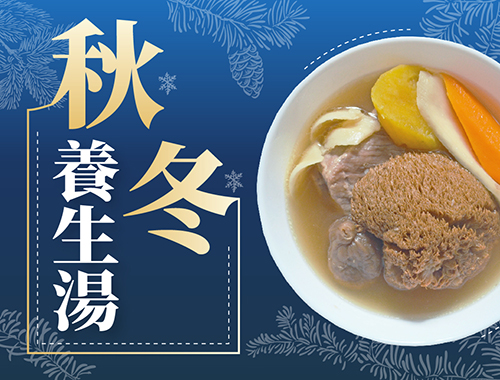







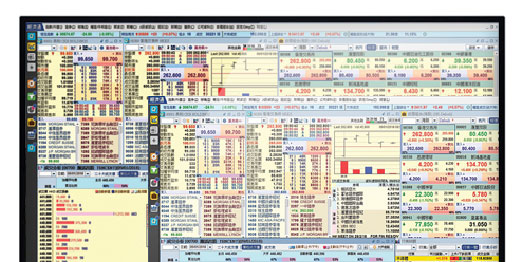
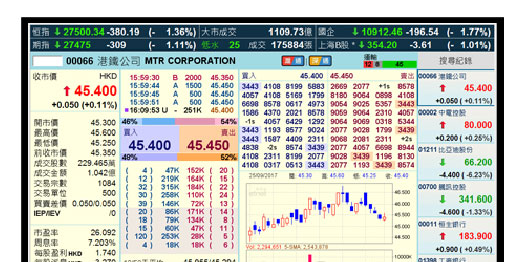
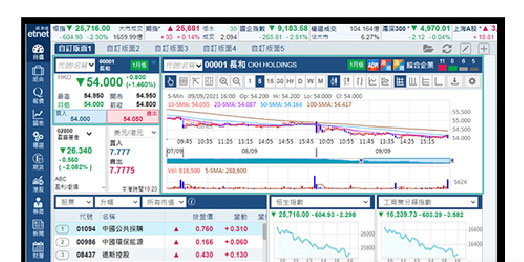
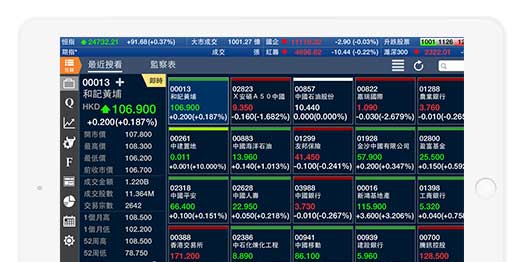
































![Tsim Sha Tsui Harbor City|Beauty Paper X Humble Room May Moomin 80th Anniversary Exhibition Hong Kong Station @ Harbor City ASCE Gallery [MOOMIN 80 ART EXHIBITION: TOVE JANSSON's Drawing Book Forest] is officially unveiled The Finnish Exclusive Collection](https://img.etnet.com.hk/customcover/event/2024/11/22/Moomin80artex-2024-1_m.jpg)























































![Windsor House [Pokémon Winter Adventure]](https://img.etnet.com.hk/customcover/event/2024/11/25/POKEMON012024_m.jpg)





